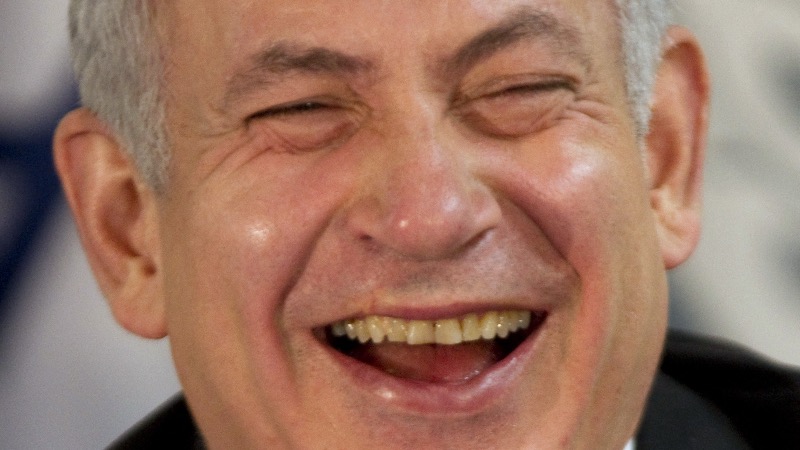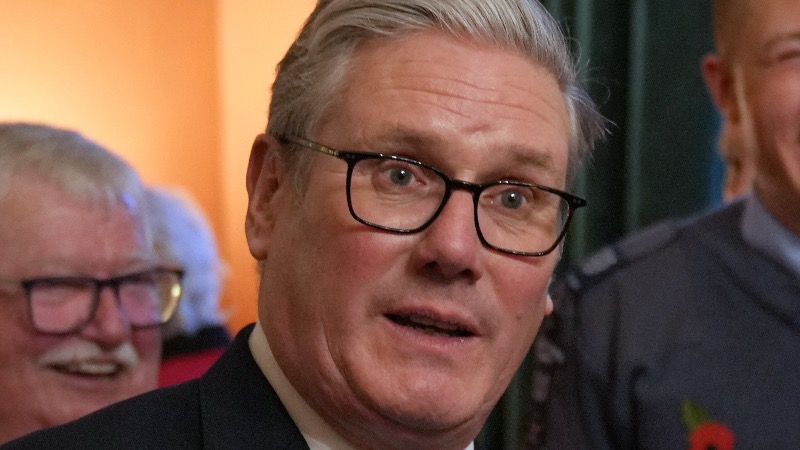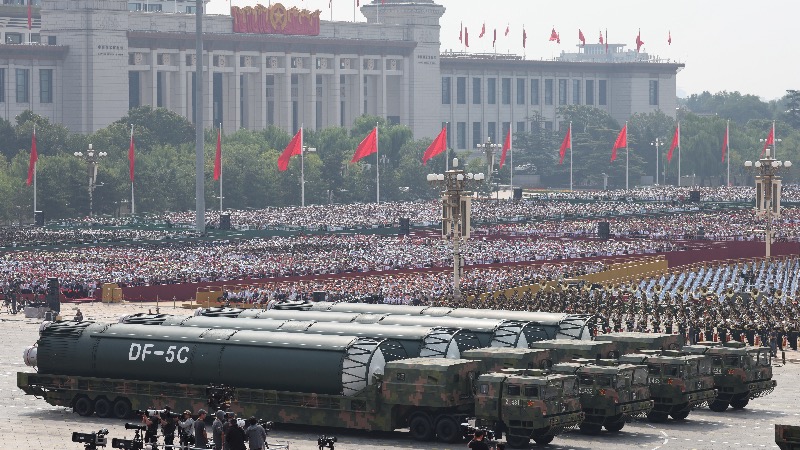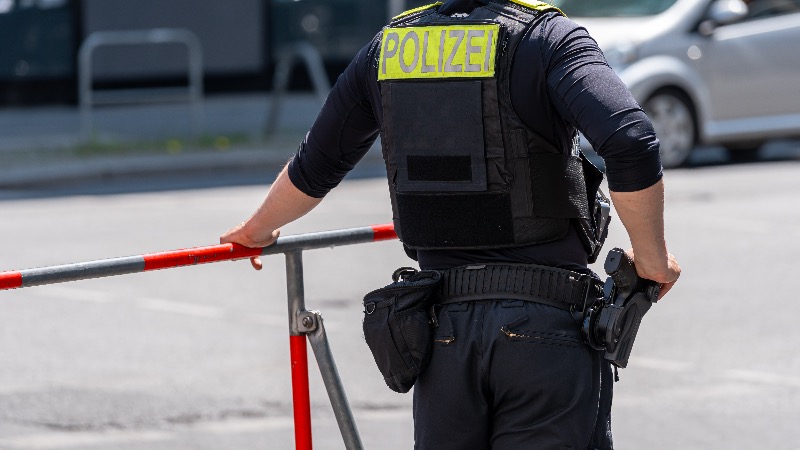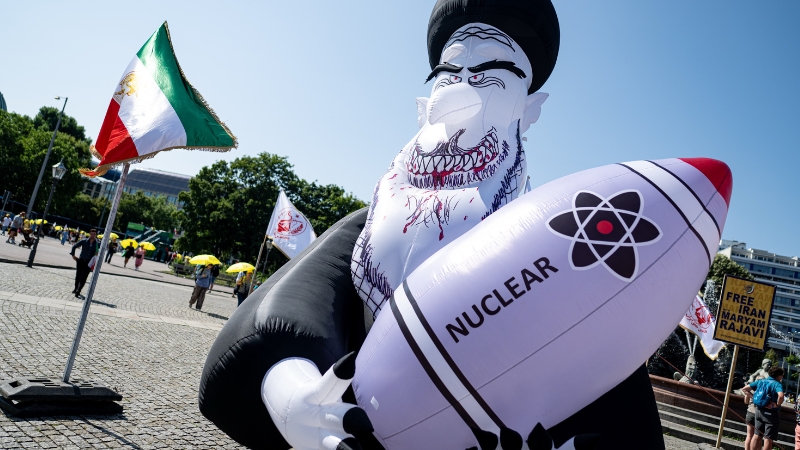 Image Credit: picture alliance / Contributor / Getty Images
Image Credit: picture alliance / Contributor / Getty Images Suspicious activity has been detected around Iran’s three destroyed nuclear sites, according to the International Atomic Energy Agency (IAEA).
The uranium-enrichment sites at Fordow, Natanz and Isfahan were bombed by the US in June after warnings that Iran had breached its nuclear non-proliferation obligations.
The IAEA has said it believes the majority of Iran’s stockpile of partially enriched uranium is still intact, and probably buried within the ruins of the three facilities.
“Will we get access to this uranium? And what will happen to it then? Will Iran want to keep it, will it reduce its enrichment levels again, or will Iran move this uranium abroad?” IAEA chief Rafael Grossi asked.
Although the IAEA has been allowed back in to Iran to carry out inspections, its agents have not been allowed to visit the three enrichment sites since the bombings.
“We do not see anything that would give rise to the hypothesis of any substantive work going on there,” Grossi said of Iran’s activity at the three sites.
“These are big industrial sites where there is movement, there is activity going on and we are very quick to indicate that this does not imply that there is activity on enrichment.
“However, the nuclear material enriched at 60 percent is still in Iran. And this is one of the points we are discussing because we need to go back there and to confirm that the material is there and it’s not being diverted to any other use. This is very, very important.”
If Iran continues enriching its current stockpiles, it could produce as many as ten nuclear warheads.
This week it was also reported that Iran has imported 2,000 tons of sodium perchlorate from China, which is a key ingredient in the manufacture of fuel for ballistic missiles.
“Two thousand tons of sodium perchlorate are only enough for around 500 missiles. Before the war, Iran planned to produce about 200 missiles per month, and now it must replenish its depleted stockpiles,” said Jeffrey Lewis, director of the East Asia Nonproliferation Program.
Back in July, less than a month after the strikes on Iran’s enrichment facilities, President Trump vowed that Iran would not be allowed to restart its nuclear program.
“If they were to do it again, they might as well start in a different location, because that location is totally demolished,” President Trump told reporters.
“They could start, but I would think they’d have to start in a different location,” he continued.
“But if they did start, there’d be a problem. We wouldn’t allow that to happen.”
